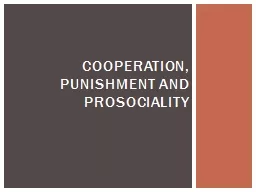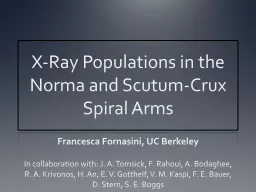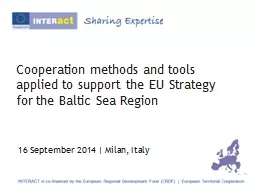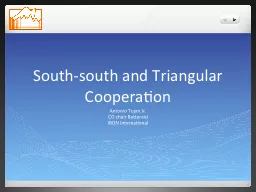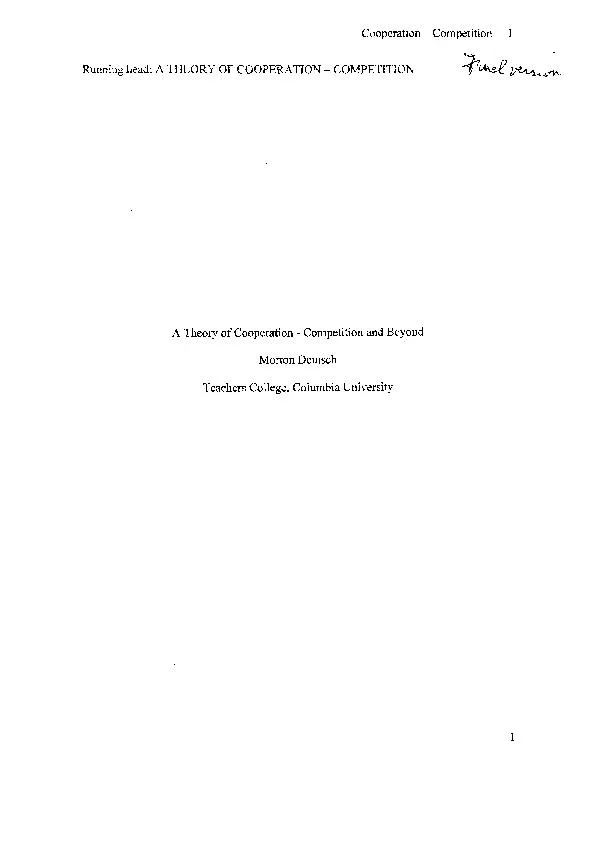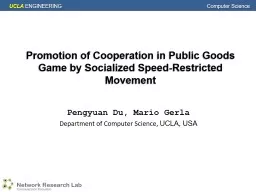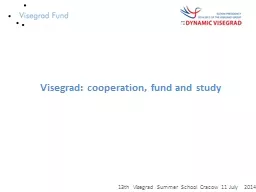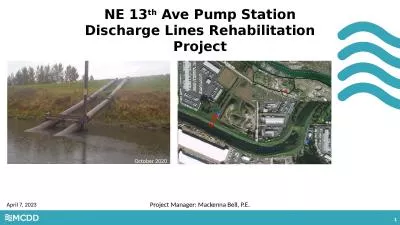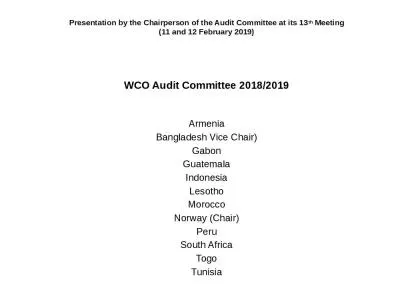
Author : lois-ondreau | Published Date : 2025-07-16
Description: Visegrad: cooperation, fund and study 13th Visegrad Summer School Cracow 11 July 2014 The Path to Visegrád 19861990: Tensions ease between the East and West, Cold War coming to an end; increasing demand for a direct, regional cooperationDownload Presentation The PPT/PDF document "" is the property of its rightful owner. Permission is granted to download and print the materials on this website for personal, non-commercial use only, and to display it on your personal computer provided you do not modify the materials and that you retain all copyright notices contained in the materials. By downloading content from our website, you accept the terms of this agreement.
Here is the link to download the presentation.
"Visegrad: cooperation, fund and study 13th"The content belongs to its owner. You may download and print it for personal use, without modification, and keep all copyright notices. By downloading, you agree to these terms.
